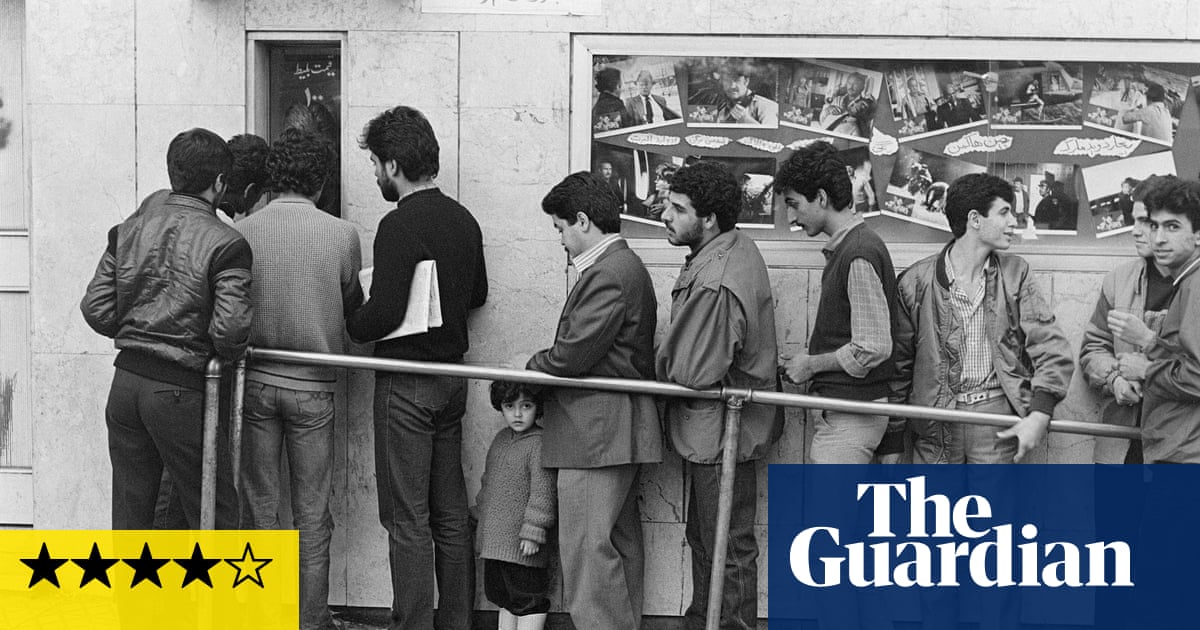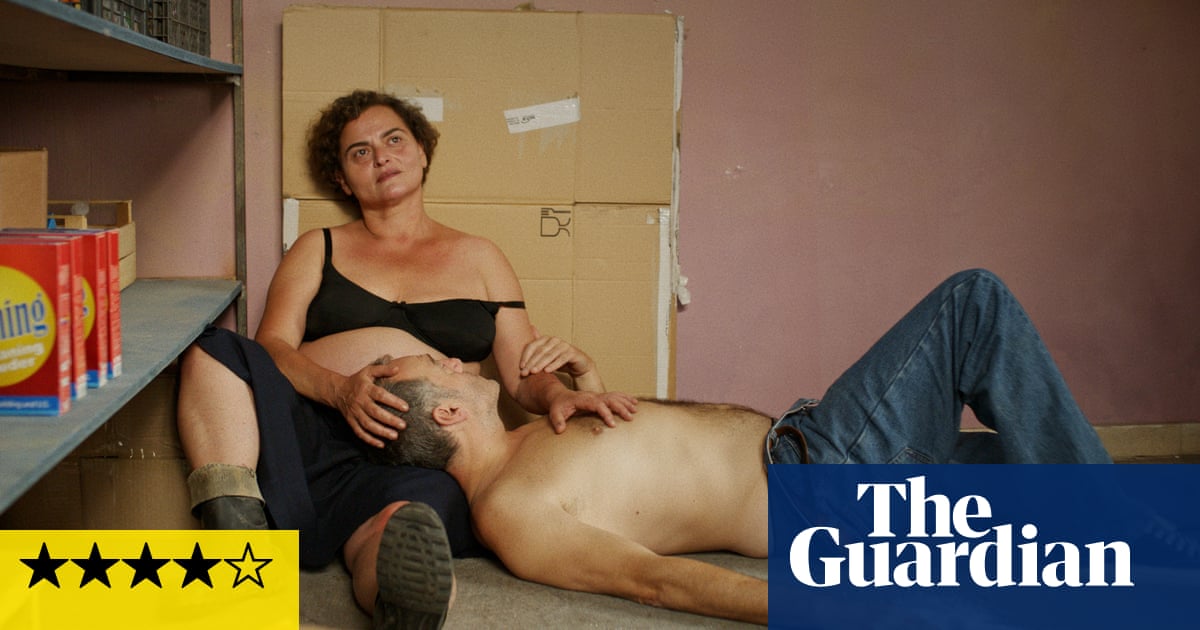
Kari and May, devout Christian sisters from Norway, had witnessed a miracle. Would the director Maria Fredriksson like to make a film about their wonderful story? She would and she did – then continued recording as the story began to twist and fracture in ways no one could have foreseen. The result is a deeply intimate film about love, sorrow, the power of faith and the dangers of secrets.
The Gullspång Miracle begins with Fredriksson teaching the sisters how to speak naturally for the camera – an early indication that she will not be an anonymous director, but a shaper of this story. They are in the kitchen where they first saw the painting that set off an extraordinary series of events. The sisters begin recounting the story.
They were flat-hunting. May wanted a home with a particular kind of painting hanging on the wall. They found one in Gullspång, in southern Sweden, so they put in an offer. Then they met the seller, Olaug. She was the spitting image of their older half-sister, Lita, who had killed herself in 1988 after embezzling from her employer. It turned out that Olaug and Lita had been born on the same day in February 1941. The three women took DNA tests, which confirmed that Olaug was Kari and May’s half-sister – the same father, a different mother. Kari and May’s cousin Jan, an amateur genealogist, found records of a pair of twins born locally on that date.
Olaug, who had an idyllic childhood in a happy, wealthy family on the other side of the fjord from her half-siblings, had no idea she was adopted. She wrestled with it at first. “It felt like hell,” she recalls.
But the film shows the sisters beginning to form a relationship. Olaug is introduced to the wider family – including Lita’s daughter, Trine, who has never visited her mother’s grave and is presented, after 30 years, with her living image. Lita’s former nanny reveals that she was told her charge was a twin, but that the first one had been stillborn. This appears to have been a lie told to protect the babies. Between 1940 and 1945, Norway was occupied by the Nazis and the family knew the regime was interested in experimenting on twins. Olaug, it seems, was given away. Another brutal blow to withstand.
Olaug is temperamentally the opposite of May and Kari. When she hears about Lita’s supposed suicide and embezzlement of funds, it strikes her as unlikely. She demands to see the police files. There is an autopsy report that was never passed on to the family. There had been lots of empty pill bottles found in her car, but there were no drugs in her system. She died of heart failure. To the family, who believe suicide is a sin and whose priest reluctantly agreed to bury her in consecrated ground, this is one of the greatest gifts they could have been given.
For Olaug, it is yet another example of the family’s mindless religiosity and passivity. “We don’t think alike,” she says. She begins to remark more on their differences in upbringing, to comment on her IQ and military background and claim that the family keeps trying to convert her (although no evidence of this is shown on camera). The schism deepens when she insists that the circumstances of Lita’s death are suspicious and that she could have been murdered: she was found shoeless and face down at the edge of a lake; the man who found her assumed she had been dragged there. The family does not want to hear this.
If it seems sometimes that Olaug’s cantankerousness slips into outright offensiveness, it is necessary to remember all that the revelations have cost her. They may have restored Lita’s soul to heaven for the family, but she has lost the foundation of her childhood.
More twists follow that splinter more supposed truths and have even Fredriksson exclaiming in frustration and bewilderment, but she records the fallout unflinchingly. The film becomes a meditation on the distance between reconcilable and irreconcilable differences, the impact of nature and nurture and the power of religion to divide as well as unite. It is a terribly sad story, albeit beautifully told. In the end, you can only shake your head at the layers of complexity contained within any family and hope that, when the excavations are complete, everyone can make their peace with them, with each other and with themselves.
Storyville – The Gullspång Miracle: A Nordic Mystery aired on BBC Four and is available on BBC iPlayer












